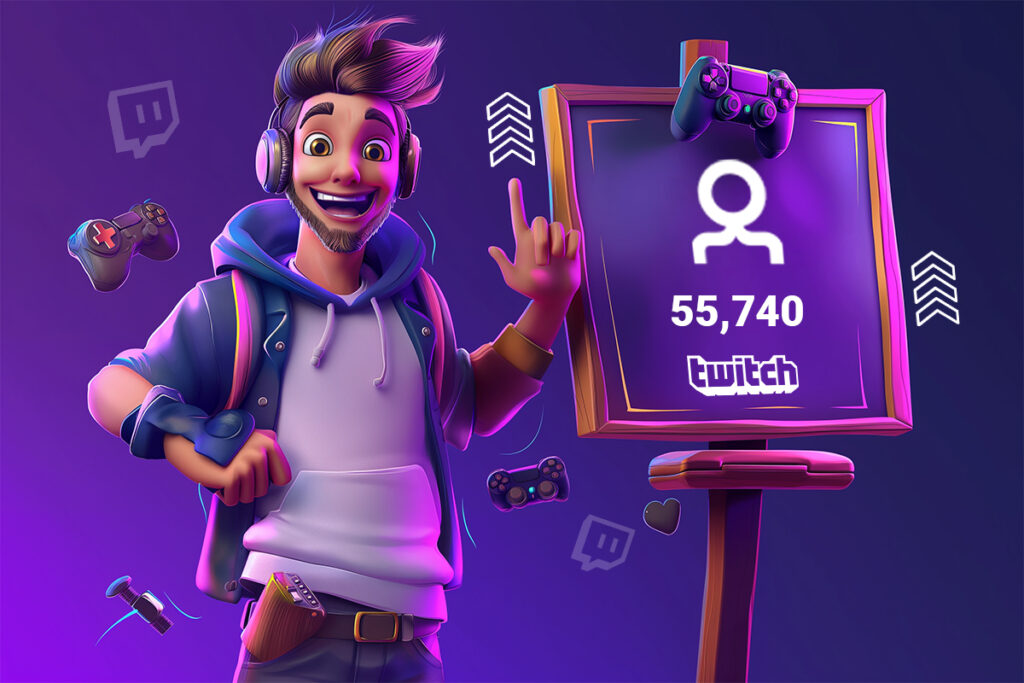 Are you thinking about taking up blackjack? It’s one of the most popular card games across the world, and for good reason: it’s a fun game of chance and skill, and encourages strategic thinking.
Are you thinking about taking up blackjack? It’s one of the most popular card games across the world, and for good reason: it’s a fun game of chance and skill, and encourages strategic thinking.
Many card players enjoy blackjack for its simplicity.
It’s not too simple, but it’s pretty friendly to beginners. Here’s what to expect from your first blackjack table.
Sit down and see what you’re dealt
Sit down at a blackjack table and make a bet. The dealer will give you two cards, face up. The dealer themselves will receive one card, also face up (referred to as the “upcard”) and one card face down (the “hole card”).
Make your move – and remember the goal is to get to 21
Based on your hand, you can decide whether to:
- Hit – take another card to try and get closer to 21, or improve your hand.
- Stand – keep your current hand.
- Double down – double your initial bet and get another card (keep in mind you can’t hit again after doubling down).
- Split – if your two cards have the same value, you can split them into separate hands. This requires a separate bet, equal to your first bet. Then you play each hand separately.
Dealer’s turn
After every player at the table has had their turn, the dealer will reveal their hole card and…
- If their hand value is 16 or less, the dealer draws another card.
- If their hand value is 17 or more, they stand.
What are different cards worth?
Numbered cards from 2 to 10 are worth their face value. Face cards (Jack, Queen, and King) are worth 10 each; and an ace can be worth either 1 or 11 points (whichever helps your hand more).
What do you win?
If your hand value beats the dealer’s, you win even money (1:1) on your bet. So if you bet $5, you receive $10 – a profit of $5.
If your initial hand was an ace and a 10-point card, you win 3:2 on your bet – what’s called a blackjack win. So if you bet $10, you’d receive $25 back – $15 profit. Alternatively, the casino might offer a 6:5 or 1:1 payout.
What are some tips for beginners? Help me out!
Start with basic strategy: focus on hitting or standing based on your hand, and also the dealer’s upcard. This will reduce the house advantage.
Don’t bust – play it safe and try not to exceed 21, which will mean a loss.
Don’t split 5s or 10s. These have a good chance of winning without splitting, so it’s a good idea to stand.
Keep practising! Like with any card game, practice makes a better player.
How did blackjack start, anyway?
Blackjack has a rich history. Its origins aren’t super clear, but the modern form of blackjack came about thanks to a mix of European influences, American casinos, and developing rules.
Its roots can be traced to Europe, specifically France and Spain in the 17th and 18th centuries.
The French game Vingt-et-Un (meaning “21” in French) is regarded as the most direct ancestor of blackjack. The game was played in casinos in the early 1700s and, like in blackjack, players tried to reach 21 without exceeding it.
In Spain, a similar game, Treinta y Uno (“31” in Spanish) had a similar idea: you tried to get to 31. The card values were also similar to those in today’s blackjack.
Vingt-et-Un arrived in America in the 18th century and was popular in gambling halls in New Orleans, a hub for European settlers.
The rules evolved in America, and to increase the popularity of the game (then called “21”), casinos offered various bonus payouts for certain hands – one being a 10:1 payout for a hand of the ace of spades and a black jack.
This hand was called a “blackjack”, and that generous 10:1 payout didn’t last – but the name of the game did.
Modern rules evolved, and incorporated doubling down, and the game grew in popularity to become one of the most loved card games, regularly referenced in pop culture and still played across the globe.








